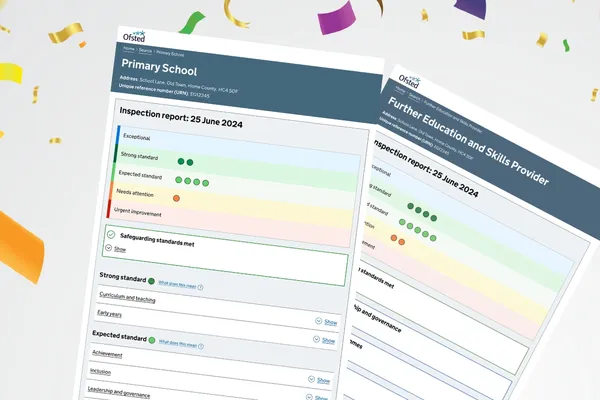School attendance is often framed in terms of rules, punishments, and targets -but what if we looked at it through the lens of emotional wellbeing, connection, and motivation?
In a compelling and practical session hosted by Motional’s Rich and Barnsley’s Virtual School Head Tom Oates, school leaders and educators were encouraged to shift the narrative and explore new ways to improve attendance that actually work for children.
Here are the key takeaways from this powerful talk:
1. Attendance Is About More Than Truancy
Attendance isn't simply about kids skipping school. The data tells us:
- Persistent absenteeism has doubled since 2019, now sitting at around 20%.
- A staggering 94% of persistently absent students report emotional distress.
- Over 90% are neurodivergent, and 83% are autistic.
This isn’t about defiance - it’s about unmet needs.
2. From “I Can’t” to “I Will”
The session broke down attendance into two key areas:
- "I Can" – The child has what they need to attend.
- "I Will" – The child wants to attend.
Each requires a different set of supports, and both are essential.
3. Five Foundations for “I Can” Attend School
- Psychological Safety
Children need to feel secure and accepted. Predictability, warm welcomes, and reduced sensory overload are key-especially for neurodivergent pupils. - Strong Relationships
Positive teacher-student bonds and meaningful staff-parent relationships lay the groundwork for trust and belonging. - Emotional Wellbeing
Emotions underpin learning. Schools must move from simply managing behaviour to supporting emotional needs across the board - for students and staff. - Culture of Respect and Flexibility
A move from “power over” to “power with” creates space for student voice. Think uniform policies, classroom choices, and respect over compliance. - Removing Individual Barriers
From uniform discomfort to the smell of the canteen, identifying barriers from the child’s perspective is critical. One size does not fit all.
4. Five Drivers for “I Will” Attend School
- Social Bonding
Children often come to school to be with their friends. Social relationships are a primary motivator - especially through transitions from primary to secondary. - Engagement Through Interests
Tap into the “seeking system” in the brain by aligning learning with what children care about - football, art, Minecraft - whatever works. - Sense of Purpose
Help students understand why school matters to them, not just to adults. Purpose is a stronger motivator than fear. - Ownership and Achievement
Co-creating goals and celebrating small wins builds confidence. Focus on effort, not just outcomes. - Positive Starts and Finishes
The way a school day begins and ends shapes how a child feels about returning. Are they leaving with a smile or a sigh?
5. Rethink Rewards and Messaging
- Avoid punishing children or families for things they can’t control.
- Don’t conflate absence with laziness or truancy.
- Use wise feedback that builds status and belief - not shame.
Belonging Is the Goal
More than inclusion, we must create belonging. A child who doesn’t feel they belong at school - and isn’t safe or supported at home -will find belonging elsewhere. And that’s often when the real problems start.
What’s Next?
The presenters offer a whole-school approach toolkit and practical guides, including:
- A Headteacher's Guide to Whole School Wellbeing.
- An Attendance Reflection Booklet.
This session wasn’t just a webinar - it’s a call to action. To change how we see attendance, we must first change how we see the child.
📺 Watch the full video
here
Also read
School Attendance! Ask yourself this: If they didn’t have to, would they?



